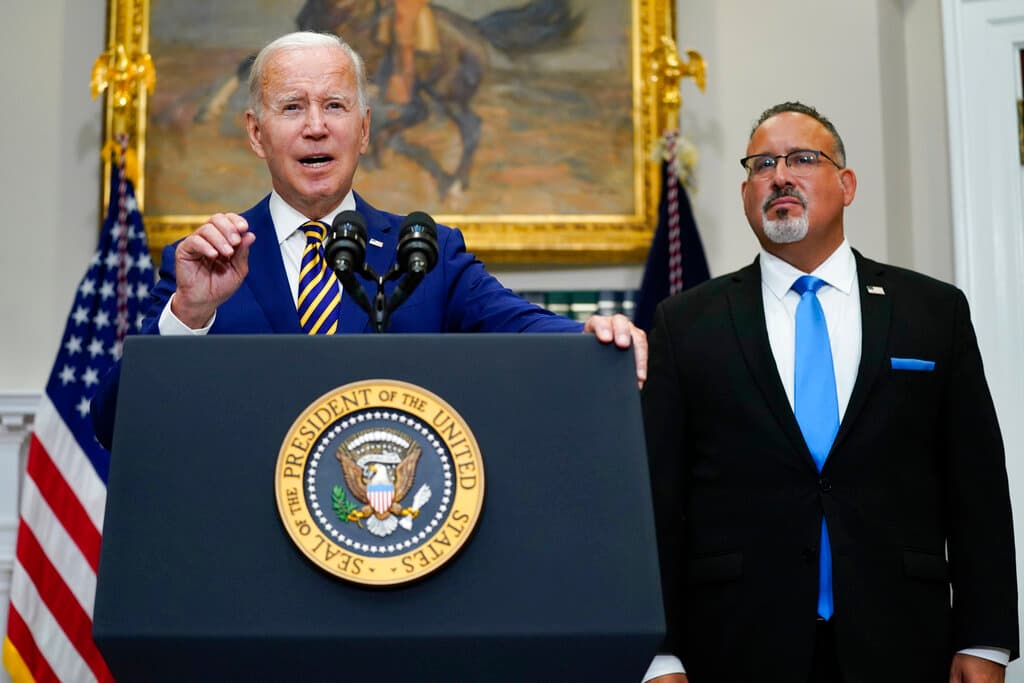Biden Student Loan Changes to Cost Twice as Much as Administration Estimates
The department’s cost estimates unrealistically assume that no additional students will tap the more generous and easily accessible new program.

An independent analysis of President Biden’s proposed changes to the federal student loan program estimates that they will cost more than two times as much as administration officials claimed when they announced the initiatives weeks ago.
Please check your email.
A verification code has been sent to
Didn't get a code? Click to resend.
To continue reading, please select:
Enter your email to read for FREE
Get 1 FREE article
Join the Sun for a PENNY A DAY
$0.01/day for 60 days
Cancel anytime
100% ad free experience
Unlimited article and commenting access
Full annual dues ($120) billed after 60 days

